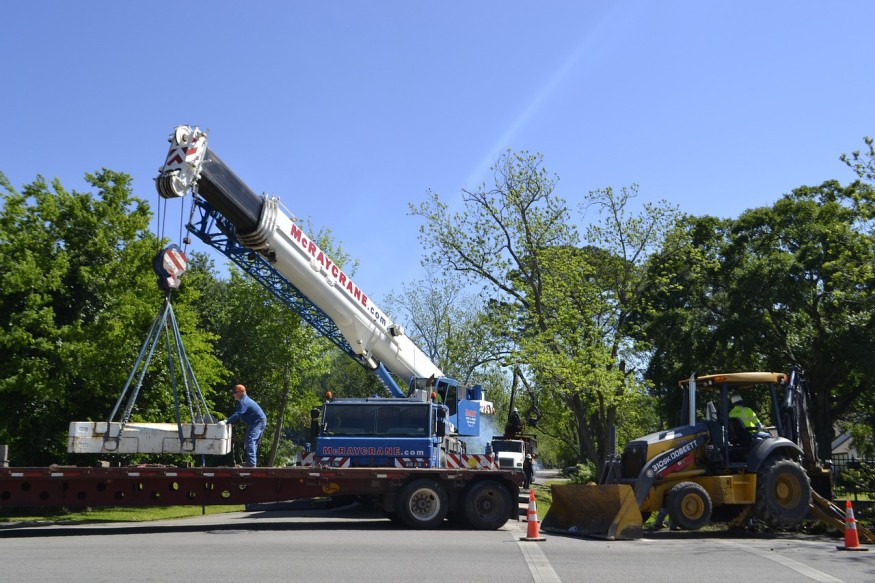Heavy Machinery Safety: Best Practices and Regulations

Safety in construction and heavy machinery operations is more than a set of guidelines. It forms the core of sustainable operations. Each year, hundreds of workers are injured on job sites due to improper safety practices or noncompliance with regulations. This post seeks to equip construction workers and heavy machinery operators alike with essential safety practices and an overview of those laws designed to safeguard themselves and their colleagues.
Understanding the Risks
Potential accidents caused by improper material handling or failure to wear protective equipment cannot be overstated, yet workers and managers need to recognize this risk to prepare and implement measures to counter it and create a safer workplace for all involved. By understanding it better, workers and managers can prepare and take measures necessary to mitigate risk and create a more conducive working environment.
Thorough Training
Training is key in mitigating risk and avoiding accidents on construction sites and heavy machinery operations, and it should include operators as well as all workers that interact with such machinery. All workers must have the knowledge, understanding and ability to correctly use machinery. Not only those operating the machinery but those working around it, too.
Training programs must cover the operation, maintenance, and emergency procedures of each piece of equipment and the general safety practices that support each one, including using personal protective equipment (PPE) correctly, recognizing hazards and mitigating them effectively, and understanding site protocols and protocols. Be sure to provide regular updates to training to ensure workers remain abreast of new safety standards and technologies.
Regular Maintenance and Inspections
Inspections are key in spotting potential hazards before they lead to serious incidents. Inspections should be conducted by qualified individuals who recognize signs of wear and tear, mechanical issues, or any deviations from normal operation that could pose risks. Immediate corrective actions should be taken to address any issues found during these inspections to safeguard employee health and ensure construction projects run efficiently by reducing unexpected downtime.
As part of your decision-making process when purchasing new equipment, it is vital to factor safety features and certifications into your decision-making. Investing in high-quality machinery that conforms with industry standards can significantly contribute to creating a safer work environment for employees. Regularly reviewing and updating equipment guidelines also ensure that tools used on construction sites adhere to current safety regulations. Keep this in mind when searching for the best heavy construction equipment South Carolina (or elsewhere) has to offer.
Adherence to Load Limits
Strict compliance with load limits is an integral element of construction site safety. Exceeding those limits could result in catastrophic equipment failures, endangering workers' lives and jeopardizing projects. Each piece of machinery, from cranes to dump trucks, was designed with specific weight capacities. Exceeding them can result in malfunctions, structural damage, or collapse on site.
All construction personnel should receive proper education on the weight limits of the equipment they are operating. Load limit information must be clearly displayed on all machinery and included in training materials. Likewise, load monitoring systems may be utilized to ensure these limits are not exceeded during operations.
Implementing and enforcing a load-limit policy helps protect construction workers and projects. By closely following these guidelines, companies can avoid accidents while creating an efficient work environment.
Subscribe to Latin Post!
Sign up for our free newsletter for the Latest coverage!

















